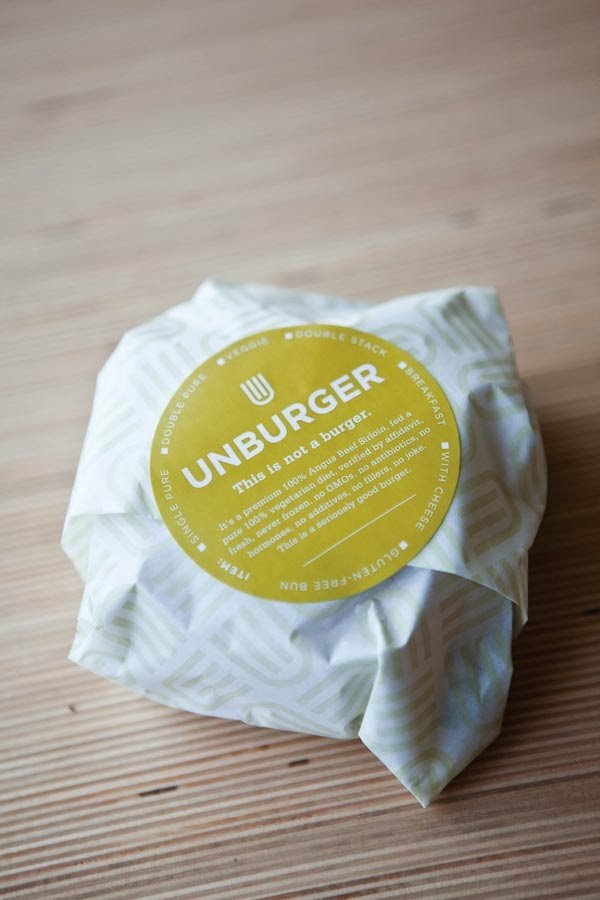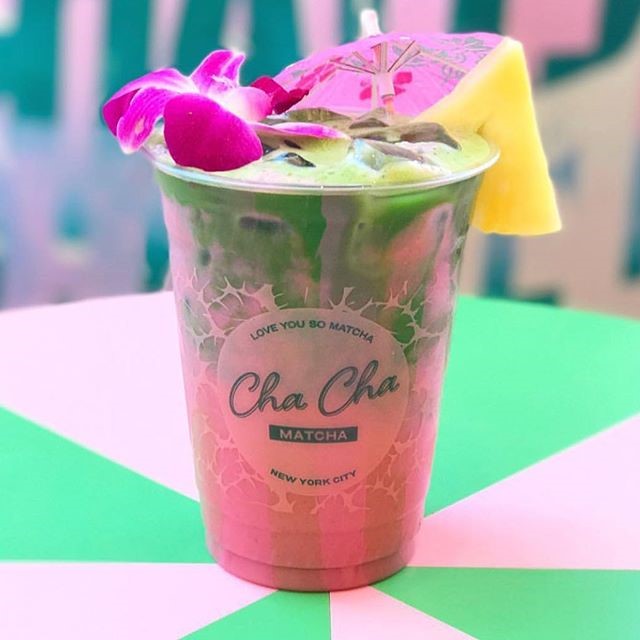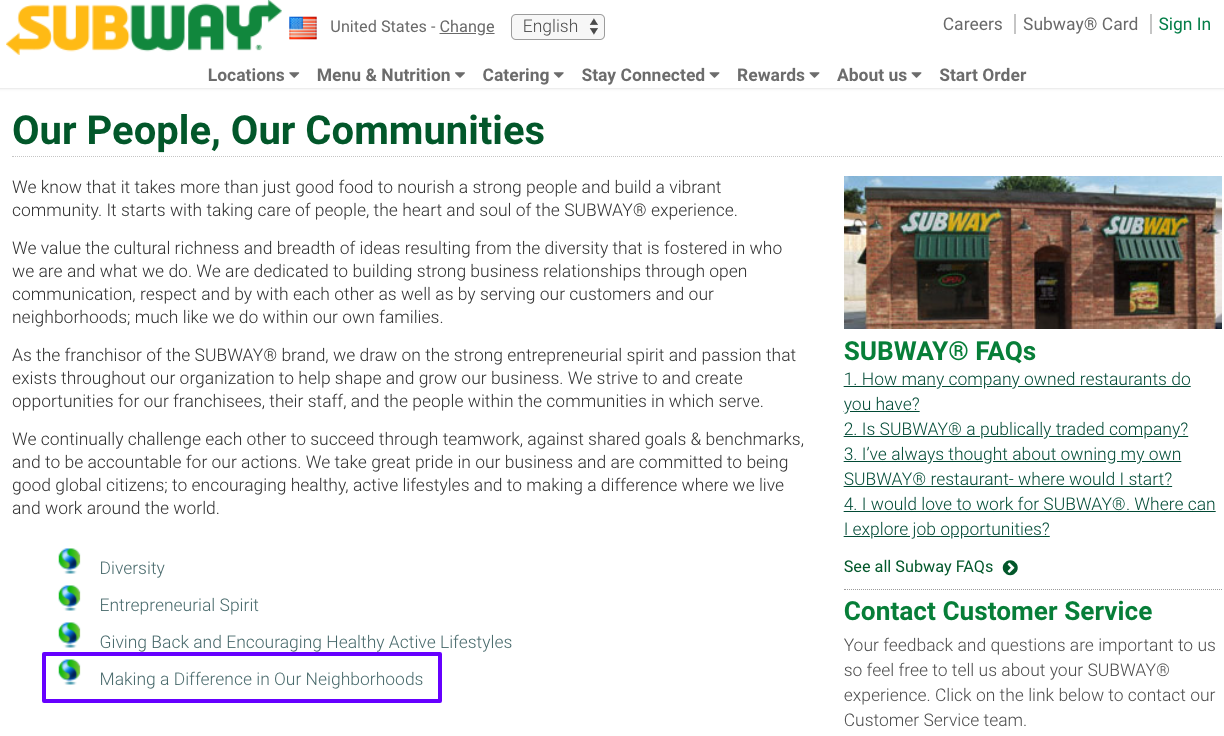Building Restaurant Brand Awareness in the Mobile Age
5 Min Read By Vas Diachenko
The evolution of the marketing environment forces highly competitive industries, including catering businesses, to switch focus to more sustained ROI impact factors like added value and brand awareness. In turn, the advancement of modern technologies makes its own impact on the way consumers interact with brands.
The amount of time people spend surfing the internet on mobile devices may exceed four hours a day, and according to the findings of a SinglePlatform research, restaurants head the list of the industries that are most searched online. Here are some more insightful statistics from a TouchBistro survey:
- Almost half of participants eat out between two and four times per week (48 percent), while more than half eat out at least once a week (56 percent).
- Restaurant goers regularly look for somewhere new to dine (64 percent), while only a small percentage stay with the same restaurants (18 percent).
- The majority of participants (68 percent) said that they had tried a new restaurant based on positive online reviews.
To establish a strong connection between their patrons and their business present-day restaurateurs have to focus on something more than an advantageous location, good menu and great service: they have to go digital.
Let’s take a look at how we can approach the two cornerstones of brand awareness: brand recognition and brand recall, in order to let a restaurant build customer loyalty, catering to the needs of Internet users.
Increasing Brand Recognition
To make your brand recognizable you need to do two things: increase visibility and create strong positioning.
That is what people see when they search for burgers in Boston. Surprisingly, the only place on the first page of the search results that directly links to the actual places to eat burgers is the Google Local Pack.

This picture explains how easily a good restaurant with a catchy name and delicious food can go unnoticed and thus remain unprofitable. It also illustrates what has to be done to avoid it.
Get on the Map
Ranking high in search results is the quickest way to reach out to modern diners.
Sign up for Google My Business and carefully fill in all the required data. Link the account to your restaurant’s website and make sure the information there is absolutely identical to what you have mentioned in your Google My Business listing.
Optimize your website. SEOis complex, but there are a couple of basic things you can do yourself or with a little help.
- Create a mobile version of your website, make it look well and load quickly.
- Find the keywords you can rank for and use them to write high-quality content.
Earn Good Reviews
A favorable reputation is crucial for visibility and can be later turned into a powerful sales driver.
- Sign up to the websites that offer local citation like Yelp. With millions of unique users per month, these services act as fully functional review platforms trusted both by people and search engines.
- Invite a food blogger to get instant exposure. Such advertising is more efficient than the traditional form and less expensive.
- Engage your guests to rate you. Not many people are lavish with their praise, but little motivators like “a snack for a review” can work wonders.
Determine Your Identity
Even if your restaurant is easily found on the Internet, the question remains: how to make people choose no one else but you? The answer lies in strong positioning.
Choose a niche: check out the competition, analyze the audience, gauge your strength.
Tell a story. Find a topic that resonates with your audience and make it your brand identity.

An ingenious way to set your burgers apart from the unsavoury reputation of most fast food
- Utilize all the channels at hand. Apart from smell, taste and touch, people have sight and hearing that you can draw on to deliver your message. Try music, pictures, photos or videos that reflect your positioning and make your place, your service, and of course your website special.
- Maintain consistency. Even the most impressive brand should be consistent. That’s where social networks come into play. Facebook, Instagram and Twitter posts are great intermediary in your communication with diners, even when they are not hungry.

@chachamatcha pale green and pink Instagram design inspired by the people, passion, and warmth of Uji
Improving Brand Recall
The line between visibility/recognition and recall is thin and there are no proven ways to cross it. Still, there are several widely acknowledged ways to make your business stand out and encourage customer loyalty:
- Engage with the community. If you want to grow, it’s important to look further than instantaneous profit.

Even the big brands care
- Show your customers you need them. You can use coupons, loyalty programs, specials, or all of the above to turn occasional visitors into frequent ones.
- Reach out. There are myriad approaches, from flyers and text messages to personalized offers and online seasonal campaigns. Pick the one that fits the positioning you chose and the spend you planned.
Guaranteeing Customer Loyalty
As you can see, at its essence brand and customer loyalty building in the current marketing environment depends largely upon your online presence. However, juggling dozens of review websites, posting on multiple social networks, sending out your special offers, and advertising on Google are awfully time consuming tasks requiring unprecedented patience and concentration.
The solution actually suggests itself – it’s a mobile loyalty app. Providing extra value to your customers, a loyalty app lets you easily gather the information you need to deliver outstanding service and see where there’s room for improvement. It also streamlines implementing new marketing strategies and targeting diners with various preferences.
The experience of the Loyalty360 winners, Balance Grille, KFC and Pizza Hut (AmRest) proves that the strategy is sure to pay off.
So, what exactly does a loyalty app give you?
- Increased customer retention and visit frequency. An app guarantees the instant availability of all the information about your place (menu, location, happy hours, etc.) that will encourage people to make choices in your favor. As well as this, an app will help you implement the popular gamification principle (turning brand experience into a game) and encourage more users to stay engaged with the restaurant.
- Better coupon conversion. More people will be eager to redeem a coupon if they have it in the device that most can’t do without nowadays.
- Higher ROI on specials. The information on your customers’ spending patterns collected by the app allows you to tailor your offers to the needs of the majority. You can also enable push notifications to inform or remind your customers about the great things you’ve got for them.
- More reviews and social shares. Offering extra reward points or credit for a referral to your restaurant to a friend, family member, social network, or a review platform is a universal way to make your guests ‘spread the word’ about you.
- Less expenses on staff wages. In-app payments and online ordering can save the time and efforts of cash desk and phone personnel meaning you'll spend less on hourly wages.
- Easy booking and online ordering. A straightforward interface and not having to wait on the phone or waste your time explaining the details of your order to a member of staff encourage consumers to keep coming back.
- and there's more
"People have come to expect certain conveniences when they shop, travel and handle their finances – such as mobile access, personalization, loyalty tracking and no-touch transactions," said Andrew Feinberg, principal, Deloitte Consulting LLP and restaurant and food service leader. In 2016 Deloitte Consulting LLP surveyed 3,000 millennial and 1,500 general population high-frequency (two or more visits per week) guestswho visited quick service restaurants, fast casual, and casual dining locations."More and more, they want their restaurant experiences to feel the same way. The true restaurants of the future will likely be the ones that engage people in a personalized way, even as interactions become more omni-channel."


